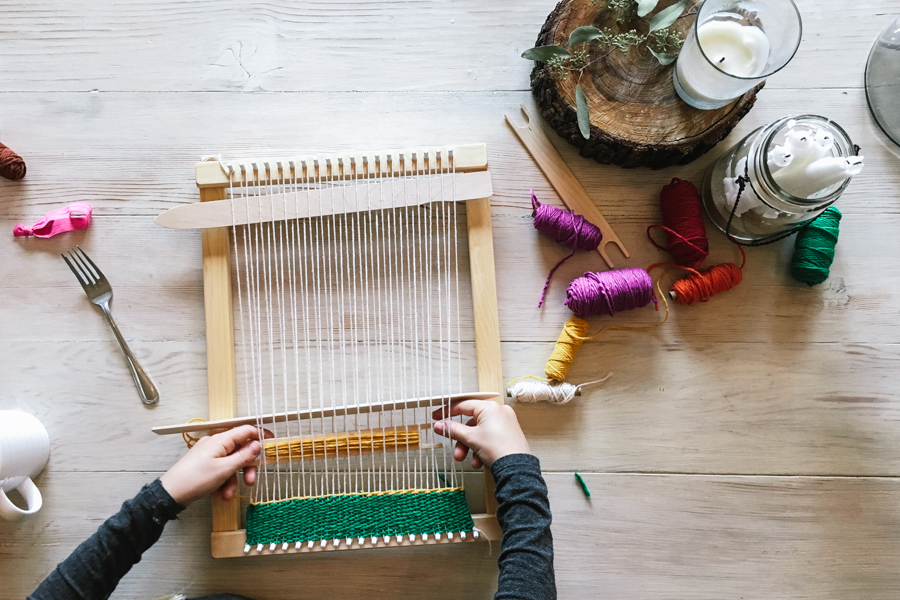

When children are very young, they have natural curiosities about the world and explore them, trying diligently to figure out what is real. As they become “producers ” they fall away from exploration and start fishing for the right answers with little thought. They believe they must always be right, so they quickly forget mistakes and how these mistakes were made. They believe that the only good response from the teacher is “yes,” and that a “no” is defeat. ― John Holt, How Children Fail
I often receive questions from parents, wondering if we will homeschool our children in high school, or how I will teach them more complex maths or sciences. I truly don’t know the answer to either of those questions right now. Yet my years of experience thus far have taught me this: teaching my children from home doesn’t require that I know everything or even be everything for them; it simply requires a willing heart, one that will learn with them, try new things, and adapt when something isn’t working. Generally speaking, I must live in a way that models I am learning, and mistakes and struggle are a part of my process, too.
Still, this can be the most uncomfortable part of this journey for me, as I learned very young how to be what Holt refers to as an academic “producer.” I learned unconsciously how to diminish the value of process and uphold the end result instead. Right? Good. Wrong? Bad. Yes? Good. No? Bad. Inwardly and almost intuitively, I labeled mistakes as failures and naturally leaned toward the successes, often avoiding the embarrassing words “I don’t know” or “I can’t do that.” I simply wouldn’t. I like knowing. Maybe it’s due to being a first-born. Maybe it’s tied to temperament. Maybe it’s more deeply tied to my humanity, to that fruit Adam and Eve tasted so long ago. I don’t know. What I do know is the slow work of parenting and homeschooling are teaching me about the beauty of process. There are no short-cuts to the end result on this journey. There are adaptations and amendments. There are different styles and ideas to share and learn. There are endless amounts of resources and tools. Yet regardless of one’s personal family ethos or pedagogy, there is no way around the slow, unfolding work of raising and educating a child. It is the hardest, most beautiful process, but it is still a process. In a very practical way, I must choose to step forward without knowing where exactly this road ends.
For our children, these lessons begin with small, concrete experiences. How to crack an egg. How to draw a line. How to form a stitch. By introducing them to specific tools, whether a needle, a loom, a pottery wheel, or a knife, we also introduce them to the value of process. They have eyes and ears, moving bodies and strong voices, busy hands, imaginative minds and curious spirits. This, I have decided, is enough to begin any endeavor if given the right tools. The same is still true for myself. We try new things. We practice. We make mistakes. We learn something new. We meet a goal. We repeat. In a concrete way we are learning a skill. In an abstract way we are accepting a process.
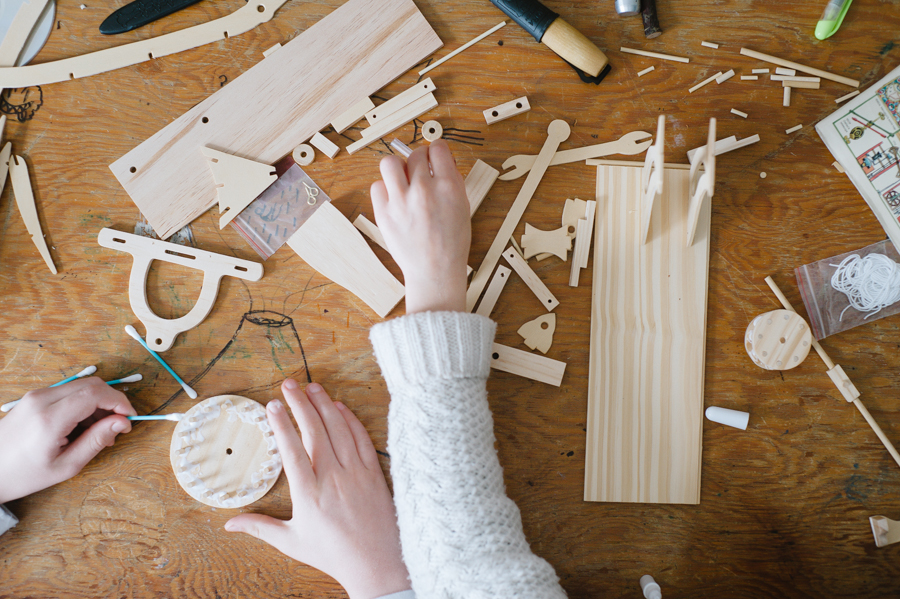

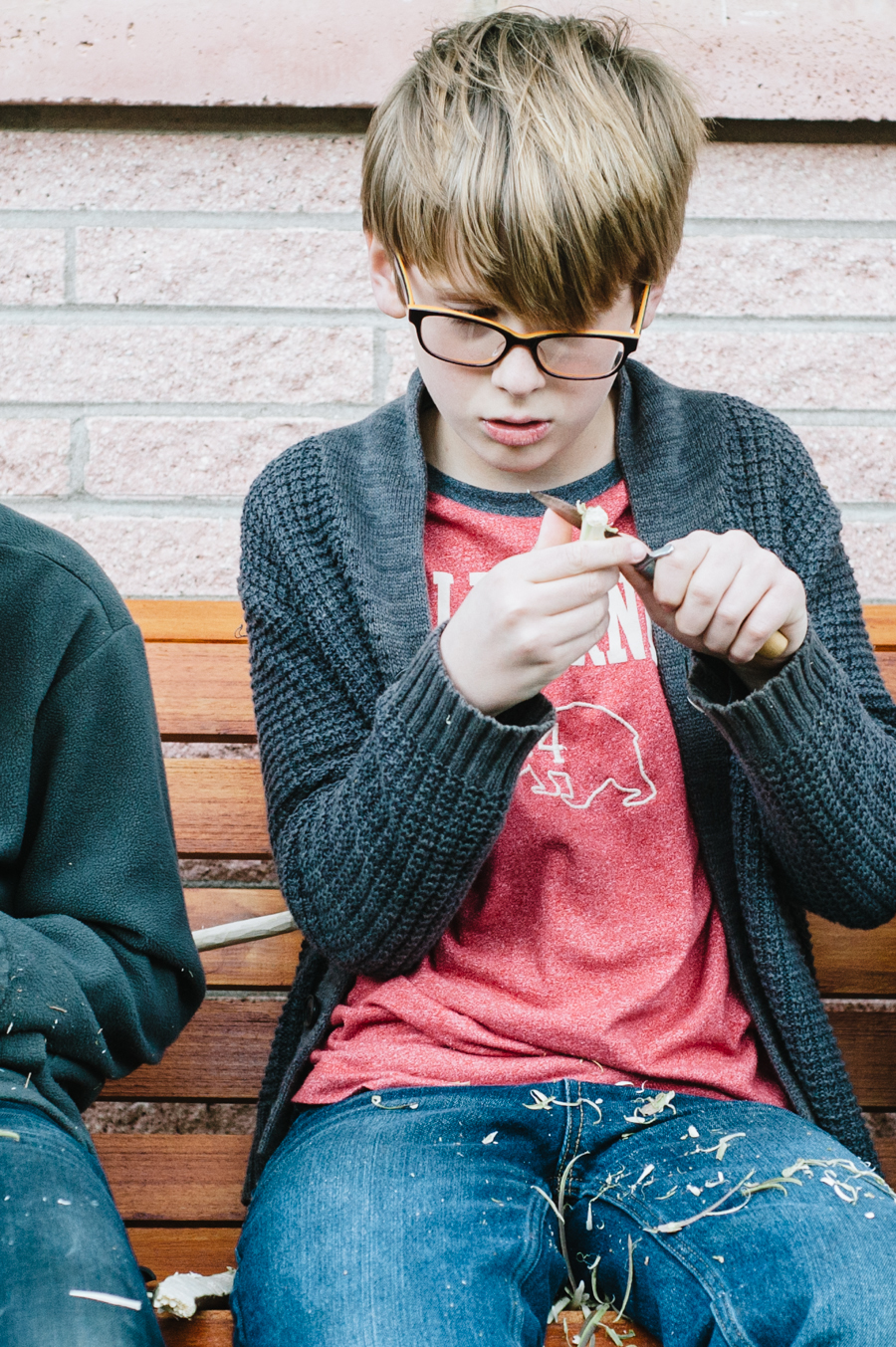
Although quite un-fancy, here are some of the ways this practice in hand and work has evolved in our own home. I imagine it will look different in your own, as it should, but sharing these little journeys somehow makes me feel less alone. Be comforted, dear reader, you are not alone.
HOW TO BEGIN
begin with a specific period of daily time | We generally have a block of time in the late morning or early afternoon, depending on the day. In the morning, my younger children work on a handcraft while I work through a Latin lesson with my oldest. In the afternoon, I set aside time to work through a new skill together. I admit, this is hard to practice. My children might carve or weave at the end of the day or during rest, a way to release the tension of the pencil work. It’s important to find when it will work best for you.
begin where you are | In our early years, we explored color beginning with primaries and blending to form secondaries and so on. Color, like numbers, is infinite. We have explored different artists and mediums of wax, various paints, chalk, charcoal, oil pastels, and so on. We used scissors and made collages or 3-D paper structures, like houses or barns for paper animals. Many of these activities I began with a book or art supplies; the children created the project.
begin with something familiar | It is most innate to begin first with what you know. If like me, it simply providing a time of playing with popsicle sticks and paper and color, begin there. If you are a seamstress or a woodworker or a painter or a ceramicist, begin there. The goal in the beginning is to form a habit of practice.
begin with a natural gift or interest |When in doubt, begin with something small that you might enjoy and can learn alongside them. Enthusiasm is contagious. Watch how your children play or learn. Observation is the best way to begin gently leading your children in any endeavor. Offering them tools that might compliment their natural gifts can open a whole new world for them. For instance, if your child loves building play dough, try a child’s pottery wheel. If your child enjoys clothing or textiles, introduce a weaving loom or how to sew. I have listed many hand-resources we love or plan to use here.
begin with a gentle guide | Handwork is a major component of Waldorf (Rudolph Steiner) pedagogy. Although we are not strictly a Waldorf family, there’s so much to learn from their gentle rhythms of head, heart, and hands. Also, if you have the budget, consider tutors/teachers who can introduce a new skill to your children.
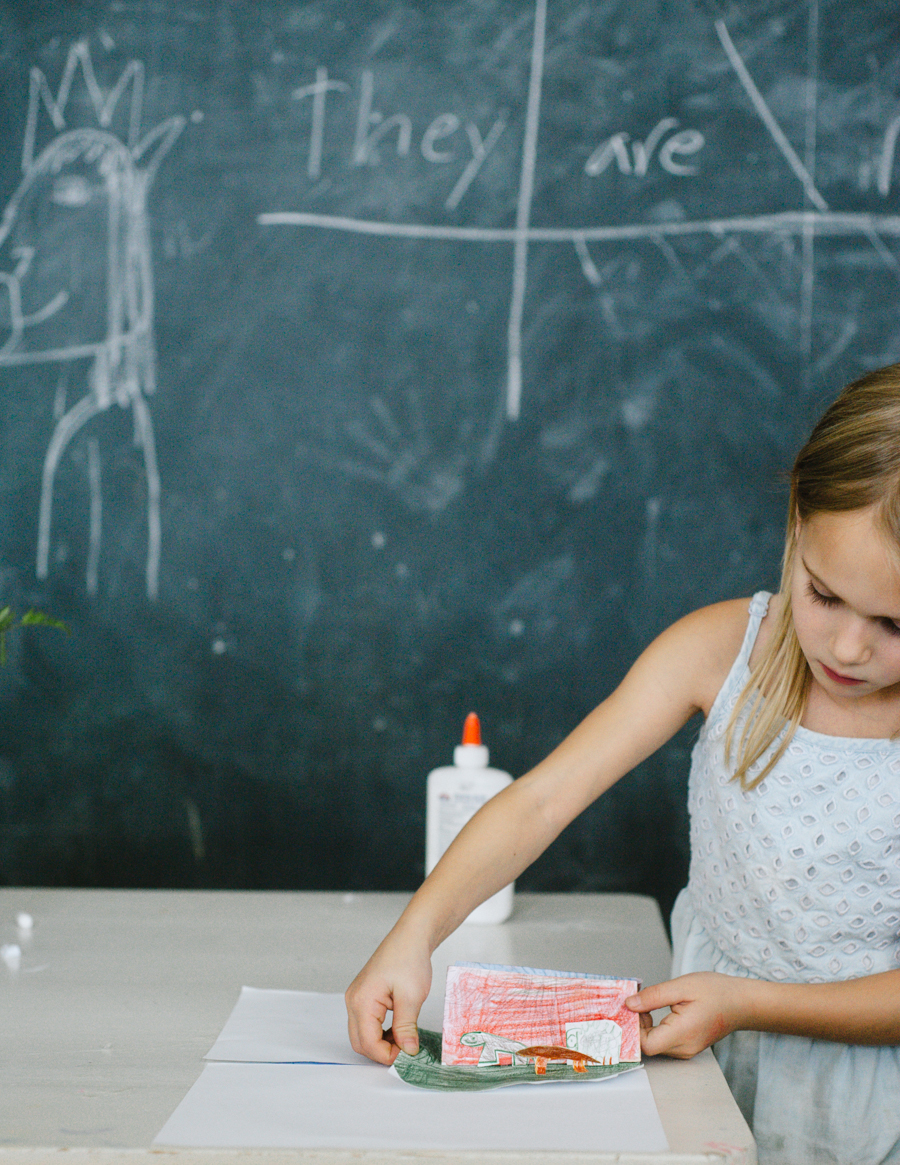
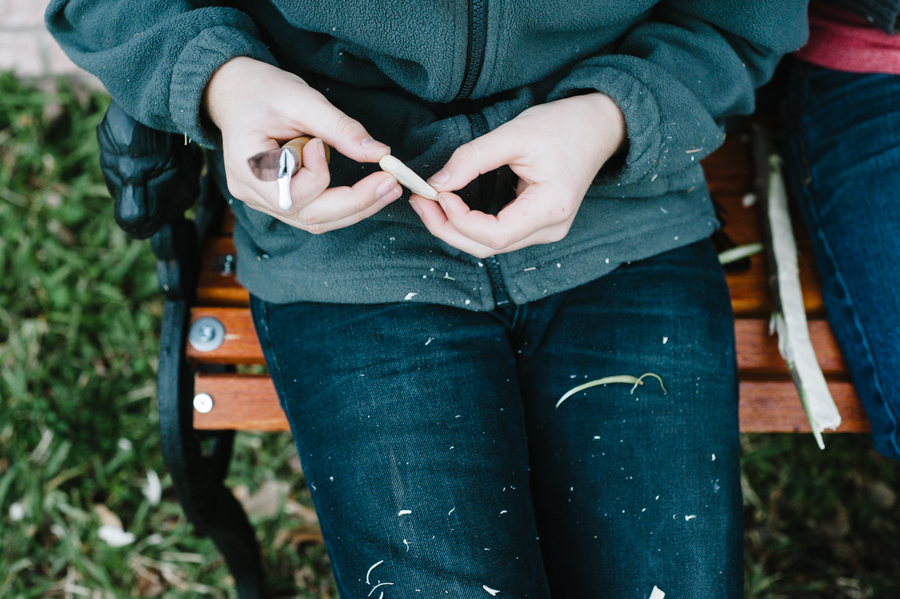 HOW TO PRACTICE
HOW TO PRACTICE
understand your child’s thresholds | Watch your children. If they seem frustrated, pause and see if there’s a way to adjust the work. When my children and I were learning basic sewing stitches last fall, my youngest was frustrated. When I watched her, I realized the details of thread and needle were too small for her yet, so I moved her to a large needle and yarn so she could control it better. I cut paperboard from a cereal box and poked holes in shapes with a large needle. And she loved it.
participate with them | This is hard. I love releasing my children to independent work, but the truth is it takes a bit of practice to learn something independently. Plus, children love working on projects or handwork with their parents. Consider this a different point of connection in your day.
choose quality tools | Choosing a quality knife or loom or paper, let’s your child know you take their work seriously. If it is a tool that belongs to them alone, and not the family, make a big deal of it. Reinforce that the tool is important to their work, and you trust them with it. (This happened when we gave our children knives.)
introduce slowly | When introducing a new skill, I like to take it in a 4-6 week block to allow practice. It also allows space for weeks we’re off routine for any reason. It also also allow enough time for them to learn to enjoy it (at the earliest stages).
discuss the larger picture | I find it helpful, especially when enthusiasm wanes, to talk with my children about the value of handwork, or a specific craft. How does one fold into another? What might be possible to do after much time practicing? How does this teach them about patience? About themselves? About community? About God? I love showing my children photos or videos of woodworkers, musicians, dancers, painters, designers, and so on. It helps them connect what small things they are learning now to a potential practice down the road.
structured independent work | Now that my children can do a few things on their own. I might assign them to choose their own handwork to do 30-60 minutes on their own. Some days, if the kids are bickering or nagging, I might send them outdoors to work with their hands, whittling or sculpting or painting. It builds structure for them to work through their emotions, but also time for them to work alone. What they produce (if anything at all) may not be useful or perfect, but again that’s not entirely the point.

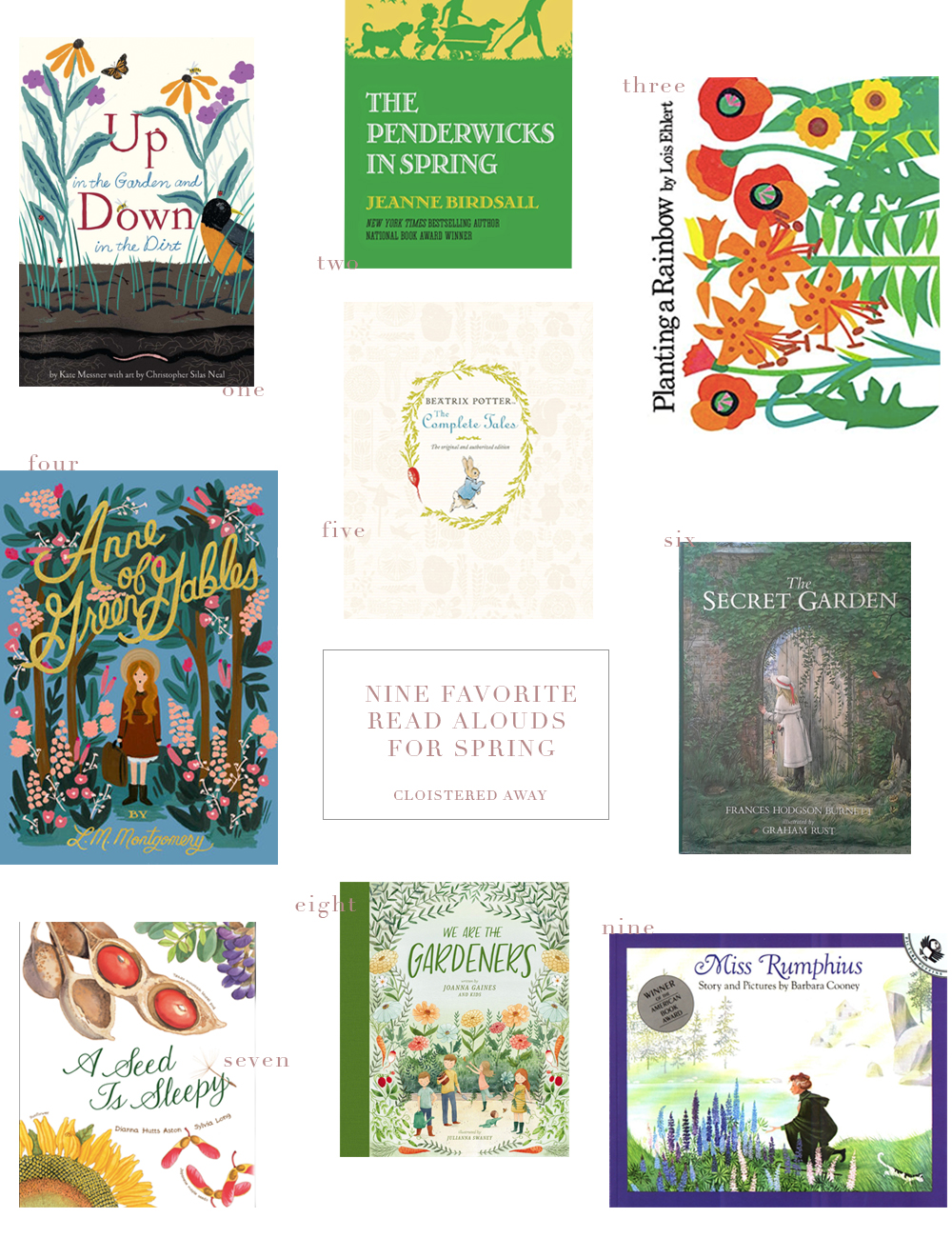
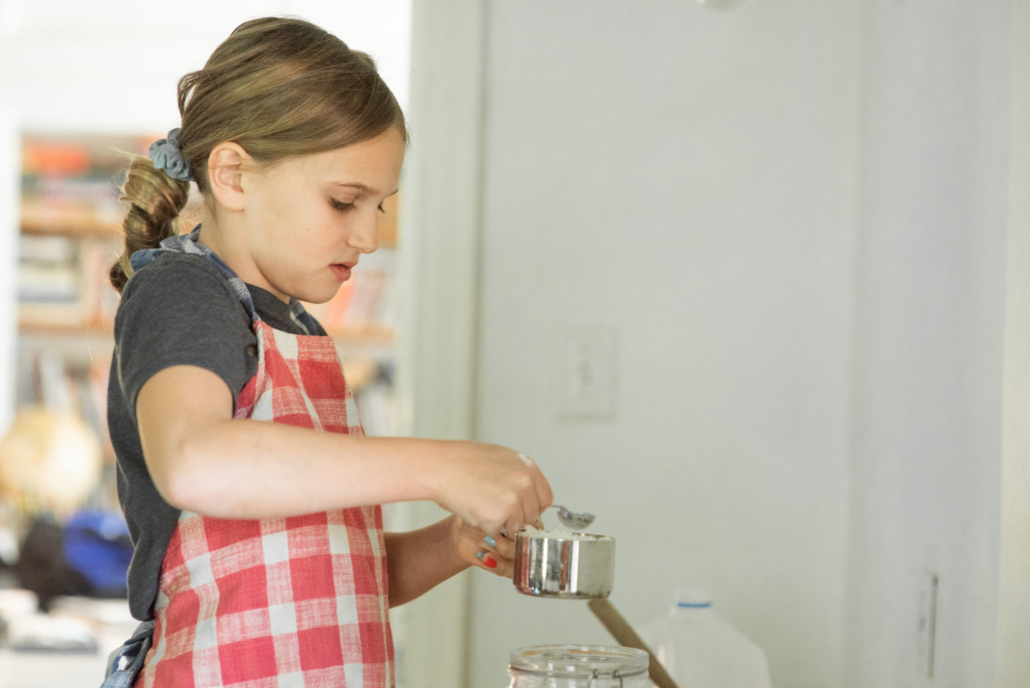
Comments
Beautiful! I wondered where you purchased your daughter’s weaving loom from? My son loves weaving and made his own using a cardboard box and lots of slits, but I’d love to get him a wooden one about that size. Thank you in advance!
Great post! This is exactly I was looking for. Ideas for teaching kids handwork. It is always pleasure to read such a wonderful homeschooling blog post. Thanks!
How inspiring! We don’t have kids but have been thinking about homeschooling in the future. This makes me so excited about all the opportunities. How did you personally learn all of the crafts or did you grow up crafting?
Thank you so much, Kelly. The funny thing is I didn’t know how to do many of these things and am still learning right alongside my children. I simply consider the skills I wish I had learned or ones I think will be fun or helpful for them in the future, and we work from there. Pinterest, blog posts, and book recommendations have been such helpful resources along the way. Welcome here!
Very inspiring, I do homeschooling too with my son so is nice to feel that I’m not alone in this. x
It’s always comforting to know we’re not alone, in some aspect or another. I’m also inspired to think on all the mothers of past who have forged such difficult paths with fewer tools, encouragements, and people around them. I love that we’re also apart of that story of time and motherhood.
Such a great post, I love watching how you make creativity a priority. On homeschooling high school, I got married at 17 with a very basic education, and was somehow able to educate my children into college classes where they maintain a high GPA or are honors students. I don’t exactly know how it happened, but I think that all the family discussions that we have and the priority we place on books, and heartfelt living has been a factor.
You’re such an inspiration, Jennifer. x
Lovely post, inspiring as always!
Thank you, Kristen. And for the helpful finishing touches. ;)
What a gem.
Thank you, Megan. I’m so glad to hear this resonated with you. x
This is my first year homeschooling and I have been at a loss for hands on activities. This is defiantly something my daughter has asked for, but I just don’t know where to begin! What are some resources you use to get ideas?
oh yes! I meant to include a few, but the post became so lengthy, it slipped my mind. I honestly use Pinterest and Google for a lot of ideas and how to’s. Depending on your child’s age, you could search her age (or grade) and Waldorf handwork, since their curriculum has a somewhat specific schedule for handwork. Otherwise, you can simply pick a craft to begin. We started with sewing in the fall and used this book. But as I mentioned, if your daughter is young, you may just cut up a cereal box and form some simple patterns for her to follow, using a large needle and yarn. In the later fall, we rolled candles together and used paper to build objects. The kids are now learning to whittle, something my older three enjoy very much. We gave them this book for Christmas, which they use as a loose guide for ideas.I’m hoping to begin knitting with them this spring, and we’ll most likely use this book, as I’ve noticed it’s often recommended. I’m sure there are a million more still to discover, but maybe this will help get you started. ;)
This is fantastic! Handwork is a big part of Charlotte Mason’s philosophy as well and aside from watercolor painting I’ve been at a loss as far as implementing it. Thanks for walking through this!
Thank you for sharing this insight
Yes! I’m sorry, I realize handwork is a part of many different philosophies of education. I’m so glad you clarified, and also that you found this helpful! Right now we mostly are dabbling in a variety of activities, trying to each find a sweet spot. Good luck exploring some of your own!